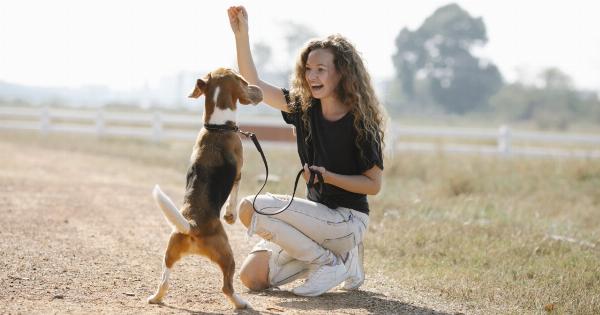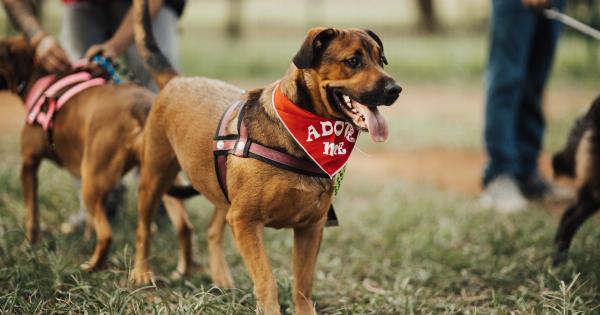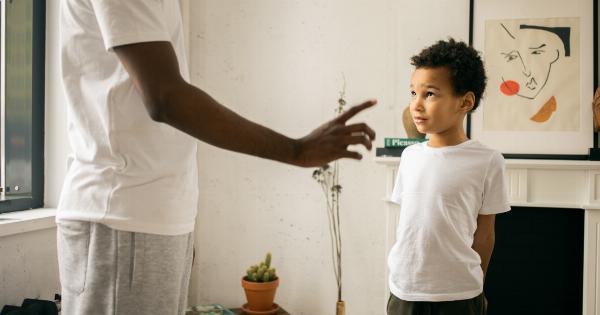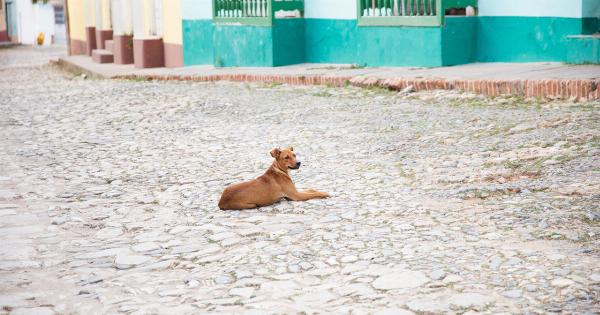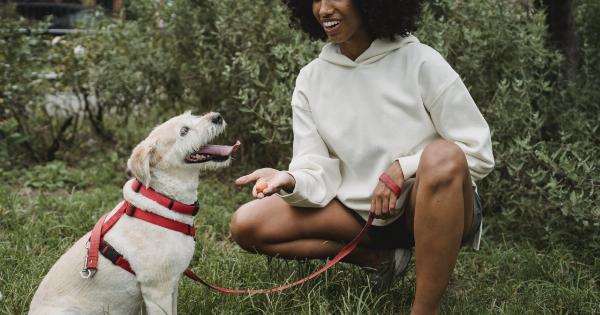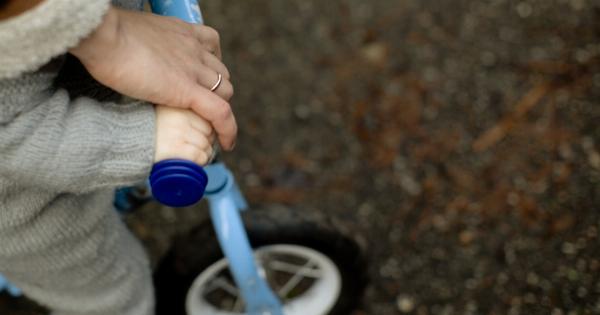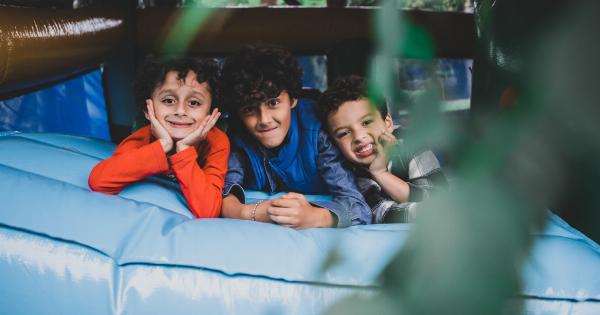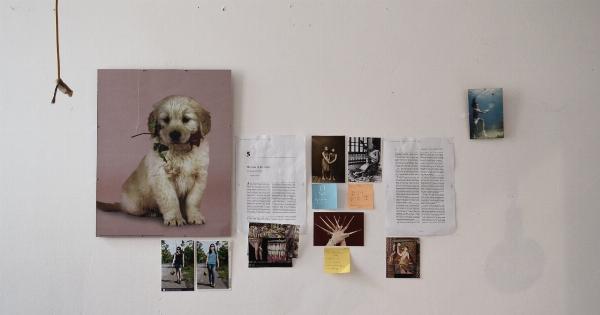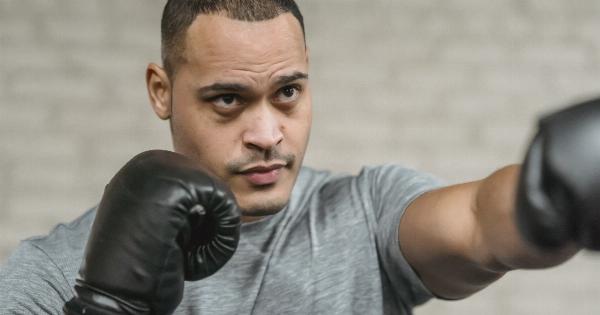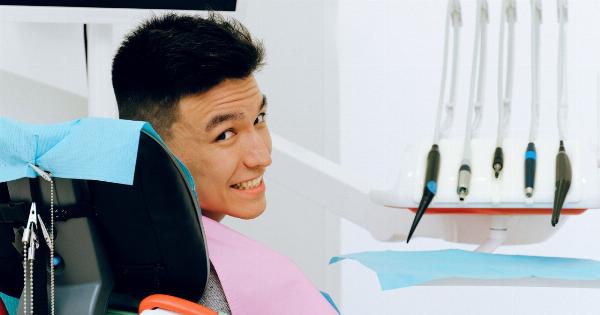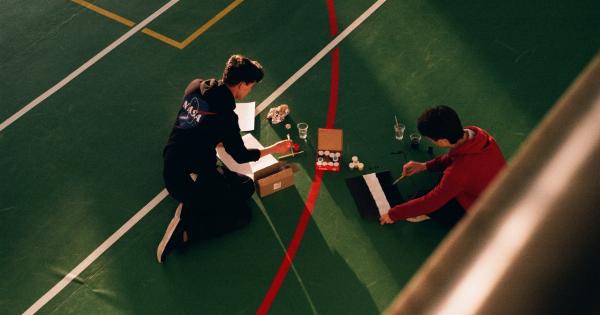Introducing a new puppy to your family can be an exciting and joyous experience, especially for children who will now have an adorable new playmate.
However, it’s important to remember that puppies are fragile creatures and require proper training and care to ensure that playtime is safe for both children and pets.
Supervision is key
One of the most important tips for safe playtime is to always supervise your children when they’re playing with your new puppy. This can prevent accidents or unwanted behavior from occurring that could potentially harm the puppy or child.
Young children, in particular, may not know how to handle a puppy and may accidentally hurt or provoke them, leading to aggressive behavior or accidents.
Teaching children proper handling techniques
To prevent accidents from happening, it’s important to teach children proper handling techniques when playing with your new puppy.
For example, make sure your children know to be gentle, avoid pulling on the puppy’s tail or ears, and never to hit or kick the puppy.
Puppies may also become overwhelmed and frightened if they are crowded or held carelessly. Teach children to give your puppy space and to always supervise them when holding your puppy.
Set boundaries for playtime
Another important tip for safe playtime is to set boundaries for playtime. Some puppies may become overly excited and aggressive during playtime, which could cause accidents or injuries.
For example, if a puppy becomes too rough, teach your children to stop playing and to give the puppy a time-out until both parties have calmed down.
It’s also important to establish rules for where the puppy can and cannot go during playtime. For example, children should avoid playing with your new puppy outside in the harsh elements, around bodies of water, near busy roads, and so on.
Establish a routine
Establishing a routine for playtime is essential for ensuring that your puppy and your children bond and form a strong, positive relationship.
Set aside specific times each day for playtime with your new puppy, and encourage your children to play games with your puppy that are both fun and interactive.
Make sure that playtime is age-appropriate and that your puppy is getting sufficient rest and exercise when your children are not around to play with him.
Remember that puppies need plenty of rest to help them develop and grow properly, so it’s important not to over-exert them during playtime.
Provide safe toys and games
Providing safe toys for playtime is essential for ensuring that your puppy and your children can play together without causing harm. Make sure that all toys are age-appropriate and safe for your puppy to play with.
Young puppies, for example, may choke on small toys or chew on items that are not meant for them.
Toys that promote interactive play, such as balls, frisbees, and treat-dispensing toys, can be beneficial for both your puppy and your children.
These toys can help your puppy learn new skills and can help your children establish a bond with your new pet.
Teach your puppy basic commands
Another essential aspect of safe playtime is teaching your puppy basic obedience commands such as sit, come, and stay. These commands can help you to control your puppy’s behavior during playtime and can prevent accidents or unwanted behavior.
Teaching your children these commands can also help them to establish a positive, productive relationship with your new puppy.
Encourage positive reinforcement
Positive reinforcement is an essential aspect of ensuring that playtime is enjoyable and safe for both your puppy and your children.
Encourage your children to reward your puppy for good behavior with treats, praise, or other rewards to help reinforce positive behaviors.
Positive reinforcement can also help to prevent aggressive or unwanted behavior from occurring, as puppies respond best to positive, gentle encouragement and correction rather than punishment or fear-based training.
Get professional help when needed
If you’re having difficulty managing your puppy’s behavior during playtime or if you’re unsure how to properly train or care for your new pet, seek professional help from a veterinarian, dog trainer, or other local pet expert.
These professionals can provide you with the guidance and support you need to ensure that playtime is safe, fun, and enjoyable for both your puppy and your children.
Conclusion
Introducing a new puppy to your family can be a wonderful experience for everyone involved.
However, it’s important to remember that puppies are fragile creatures that require proper care, training, and supervision to ensure that playtime is safe for both children and pets.
By following these essential tips, you can help to establish a positive, productive relationship between your new puppy and your children that can last a lifetime.





